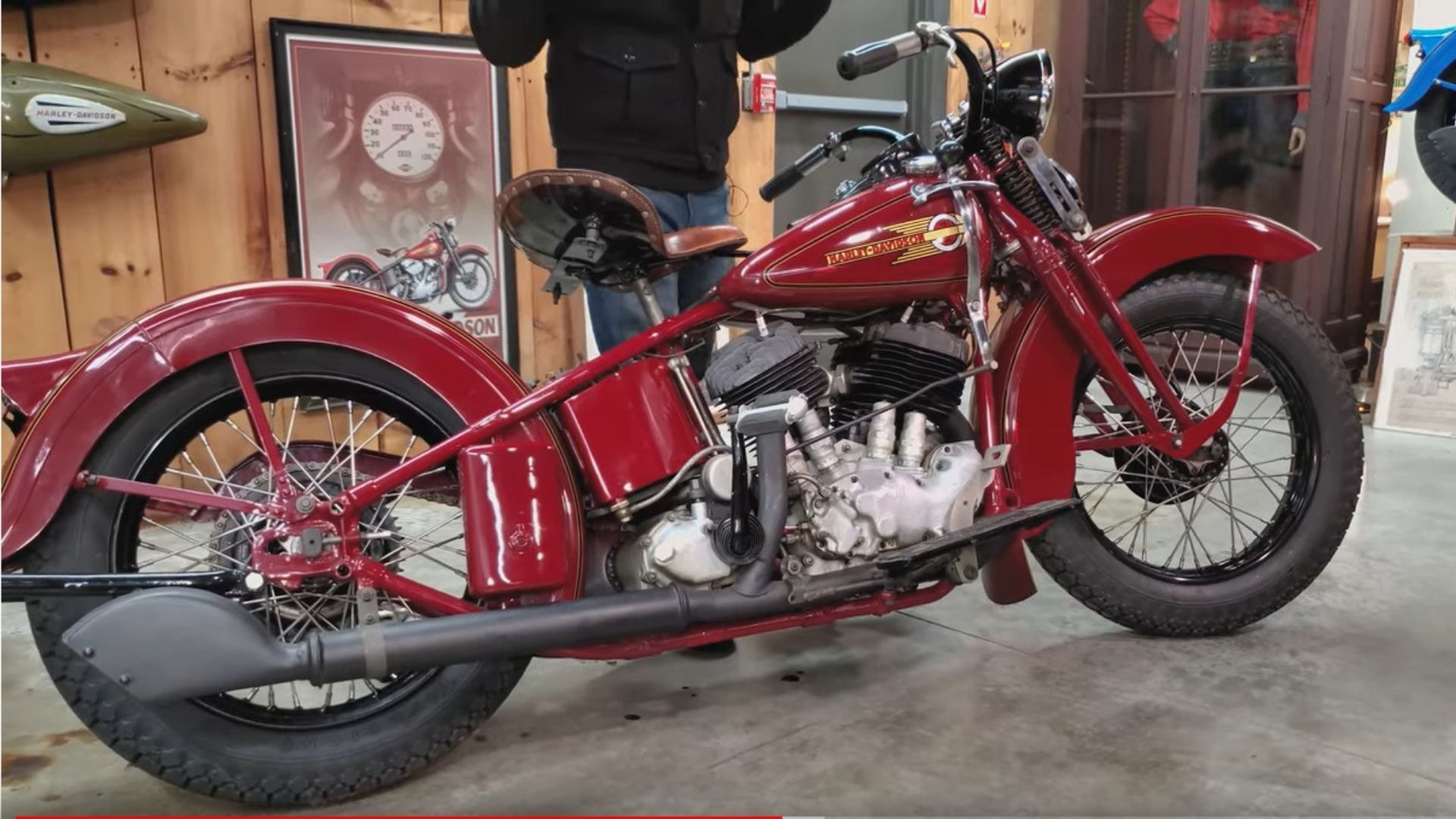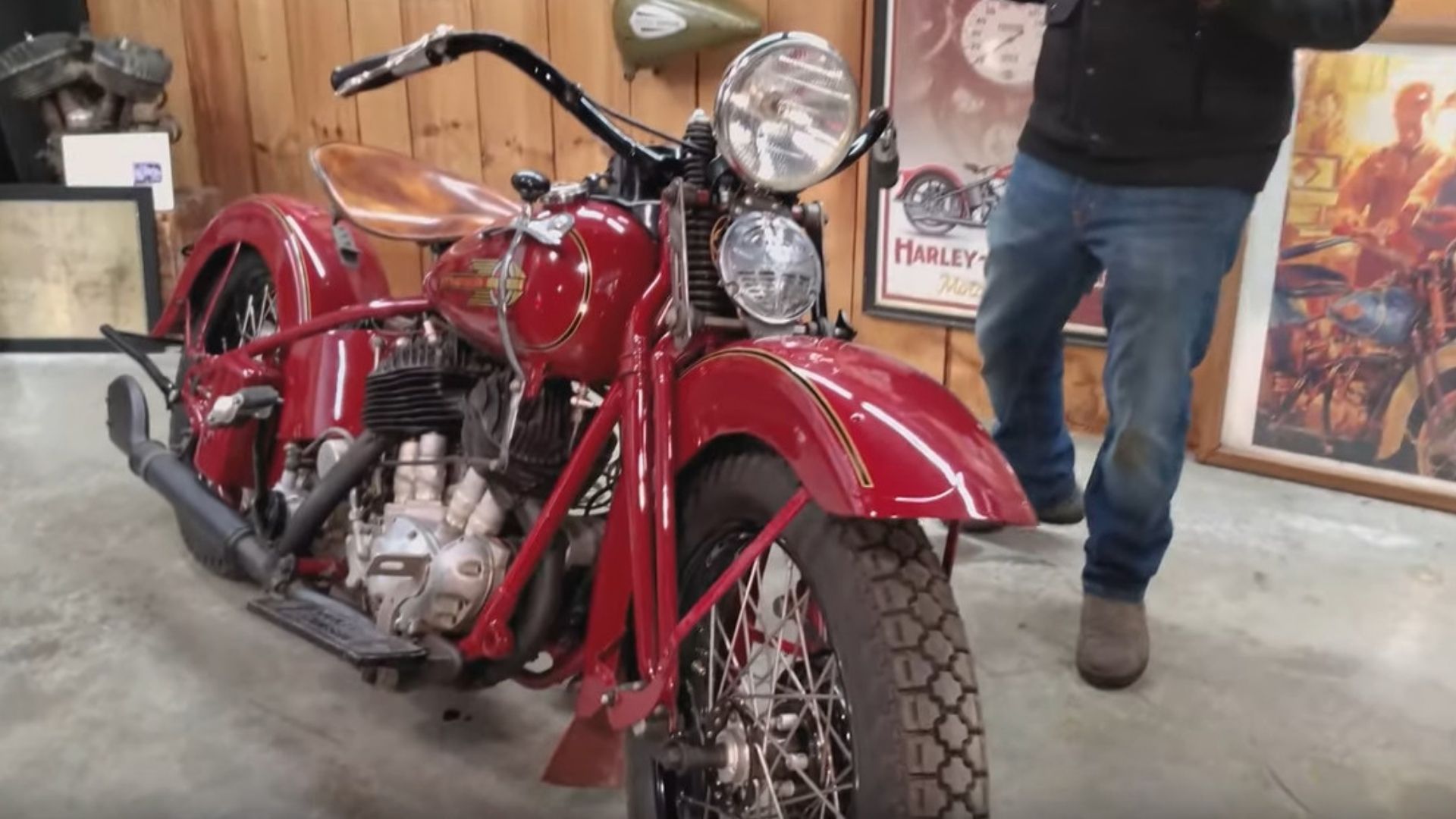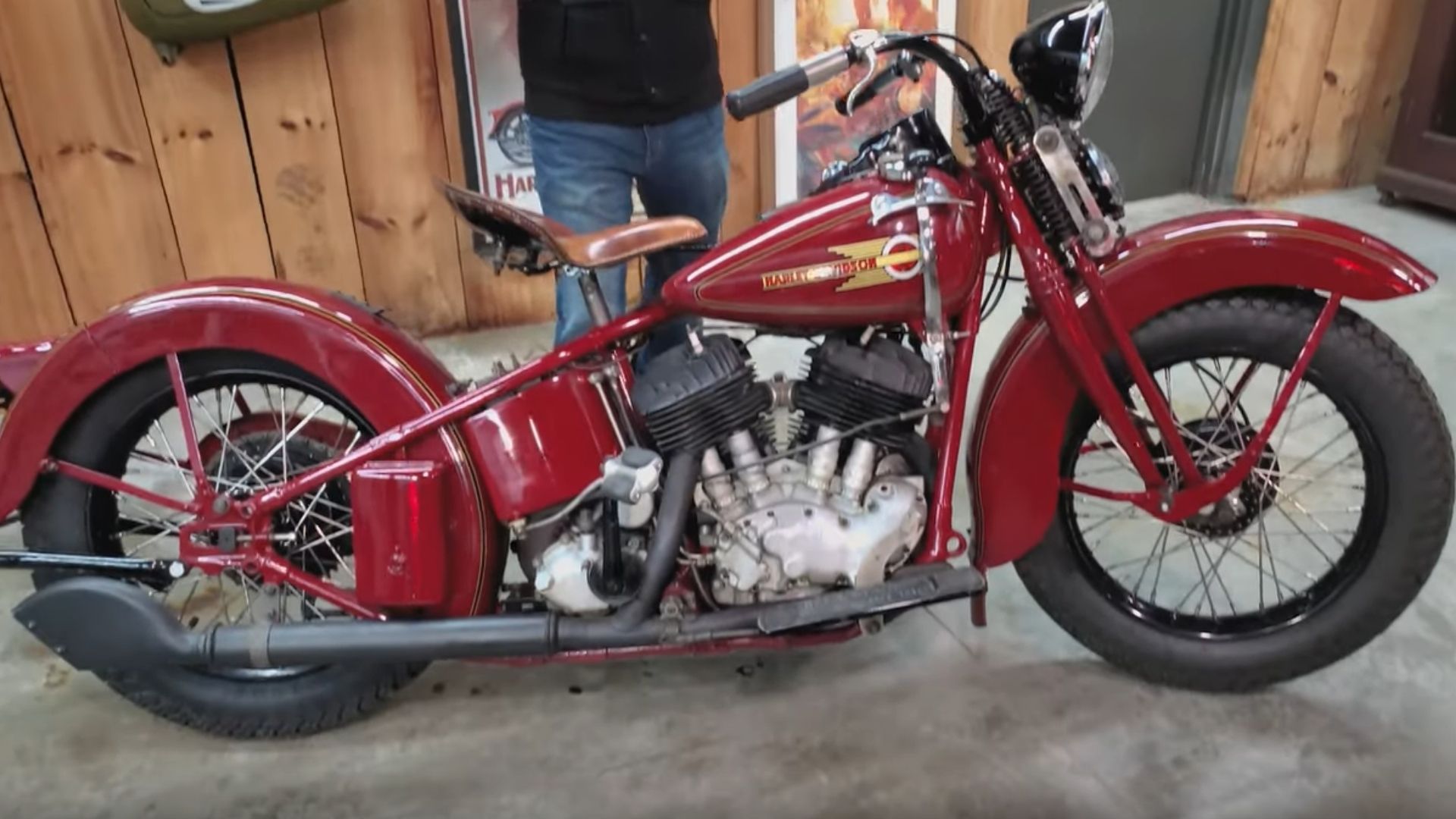Learn about this legendary classic.
While there are many legendary Harley-Davidson motorcycles, the UMG is one which is sometimes talked about but often misunderstood to one degree or another. Part of the problem is that precious few have been preserved in the original trim, if at all, and there’s an interesting reason for that. Another is that some people flat-out don’t understand the origin or original use of the bikes. To help set the record straight, here’s some background to this classic American motorcycle.

Everyone knows the Great Depression was rough for all kinds of companies, including motorcycle manufacturers. With jobs scarce and money tight, people were holding onto their bikes or finding other ways to get around instead of buying a new one. Fighting for new market niches, Harley-Davidson decided to try stealing some business from competitor Indian, which had been the sole provider of motorcycles to the New York Police Department since the Motor-Cycle Squad was founded in 1911.
Instead of just presenting one of the existing models, Harley-Davidson was so serious about disrupting this very visible, predictable, and therefore coveted section of Indian’s business that it designed a special model for police service, the UMG. Based on the Model U, which was released in the mid-1930s. That bike provided the basis for the UMG, although numerous changes made it a separate model. It would go head-to-head against the Chief to vie for law enforcement supremacy in the Big Apple.

Rather than take a radical new approach, Harley-Davidson took the safer and easier way, simply imitating the Indian Chief police motorcycle. Powering the Harley was a 74” U-series flathead with a 3-speed transmission. However, because the New York Police Department had very specific requirements for its fleet motorcycles to ensure reliability, the company had to add a magneto ignition connected to a generator, instead of using a battery. In fact, the “MG” in UMG stands for “mag generator.”
Another big change Harley-Davidson had to enact to accommodate NYPD requirements was reversing the layout of the motorcycle controls. The throttle was located on the left side, the shifter on the right, and the spark advance was also on the right. Also, the front brake was on the right, which was unusual for a Harley in the 1930s. Even the foot clutch was opposite the normal function, engaging when the lever actuated backwards instead of forward, or in other words a heel-to-go clutch.
Completing the Indian Chief-like look was a nice coat of dark red paint on the fenders, frame, and tank. Even with all that imitation, Harley was unsuccessful at pushing Indian out as the motorcycle brand used by the NYPD. It was only the death of the Indian Motorcycle Company in the 1950s which led to Harleys being used by officers in the Big Apple once more.

The UMG was made by Harley-Davidson from 1937 to 1939. As was the case often in those days, accurate records weren’t kept or at least they weren’t preserved, meaning nobody really knows how many of these motorcycles were produced. Of course, that hasn’t kept historians and motorcycle enthusiasts from guessing, some estimating about 400 Harley-Davidson UMGs were in service, however others believe it was under 100.
Sadly, only one UMG still in police trim is known to exist in the United States today and it’s owned by Wheels Through Time Museum, which is located in Maggie Valley, North Carolina. Sadly, others were destroyed or modified, something which is all too common with vintage motorcycles.
To learn even more about the Harley-Davidson UMG, check out the video tour done by Wheels Through Time. We’re incredibly grateful they’re so willing to share this unique, historical bike with everyone else.





